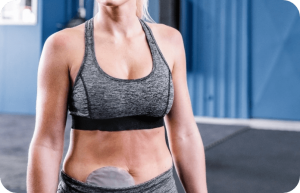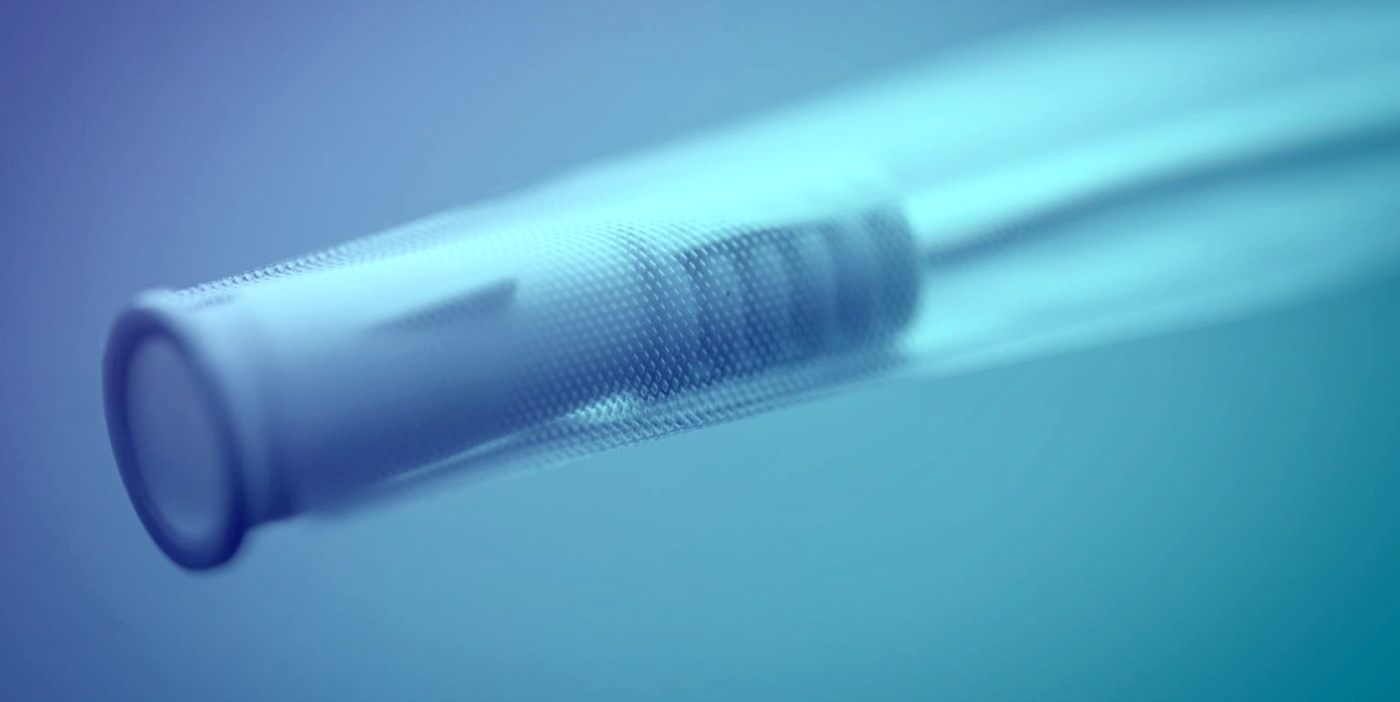Intermittent self-catheterisation (ISC) is used to treat bladders that do not empty fully.
You will be taught how to insert a urinary catheter into your bladder by a health professional – this can be done in a hospital, clinic or at home. Urinary catheters are inserted into the bladder at intervals throughout the day, or when you feel the need to go to the toilet. It is sometimes necessary to catheterise during the night as well. Once the urine has drained out, the catheter is removed.
Most people feel apprehensive about performing Intermittent Self Catheterisation. It can be a bit awkward to start with but with practice you will soon become confident, your local health care professional will offer you support until you feel able to manage alone. Most people go on to say that they find it easy to self-catheterise after a time.
Types Of Catheters Available
There are three main types of catheters used for ISC and the majority of these are single use disposable catheters. Some catheters have been designed to be reusable although these are now less common.
Coated
These catheters have a hydrophilic coating that create a slippery surface around the catheter when run under water before use. The coating allows for easier insertion into the urethra. These are single use, disposable catheters and are usually made of either PVC or silicone
Non-Coated
These are the traditional intermittent catheter and most are designed to be washed and reused. They come in a variety of sizes and made in several materials including silicone, PVC, silver or stainless steel. Silver or stainless steel rigid catheters are only suitable for women due to the length of the urethra. These are less commonly used now due to being a little more time consuming and needing to be clean and lubricate the tubes prior to use.
Pre-Lubricated
These can be used straight from the packet without any additional preparation. They come packed in a water soluble gel, which makes them easier to insert. These types of catheter are ideal if you are out and about a lot and not able to access adequate clean water and facilities when emptying your bladder.
Catheter Sets
You can also get catheter sets that come packaged up with single use catheters and pouches or syringes of water that can be used to lubricate the catheter. They may also come with a urine bag or container that you can drain into if you can’t access suitable toilet facilities.
How Do I Self-Catheterise?
Before use, all catheters should be stored in a dry area, lying flat and straight. If the packaging is damaged, do not use the catheter.
It is very important to wash your hands before touching or inserting the catheter – you may choose to use a fresh baby wipe if there is no wash hand basin in the toilet.
Once you have washed your hands, do not touch anything else except your catheter.
Most catheters have a sticky back patch which allows you to open it and secure it to a surface nearby, such as a wall or sink, making it easier to access when you are ready to insert it into the urethra.
Preparation – For Women
You have to ensure that your vulva (intimate area between your legs) is clean. A daily shower or bath is recommended using a mild soap, but when you go out it is useful to keep a small pack of baby wipes in your handbag or pocket to enable you to ensure the area is clean.
There are several ways to catheterise – you can learn to insert the catheter while sitting on the toilet or in your wheelchair, when standing or by putting one foot up onto the toilet seat to enable you to locate your urethra more easily. You can experiment and decide which way feels most comfortable. If you are a woman and find it hard to locate your urethra, try using a mirror to see where your urine comes out. Once you have done this several times you will probably not need a mirror. You can do it over the bath if it’s easier.
Preparation – For Men
You have to ensure that or the area around the tip of the penis is clean. It may be that a daily shower or bath is sufficient but when you go out it is useful to keep a small pack of baby wipes in a pocket to enable you to ensure the area is clean. Men may stand or sit to perform intermittent self-catheterisation
The Task
When you are ready, take the catheter by the drainage end from the packaging and gently push the other end into your urethra. When the catheter has reached the bladder, urine will drain from it. Make sure all the urine has drained from your bladder before removing it.
To remove the catheter, gently twist it and pull down. Don’t worry if it doesn’t come out first time. Try again, continuing to pull gently.
Catheters that are designed to be used more than once should be cleaned after each use with soap and water, dried with a clean tissue and kept in a sealed plastic bag or container.
Common Questions
If I self-catheterise, will I be more likely to get an infection?
It is important to wash your hands when possible before inserting your catheter to help reduce the risk of infection. If this isn’t possible, there are catheters available that require minimal handling, helping to cut the risk of infection. You may not be allowing all the urine to drain from your bladder during catheterisation. Any residual urine left in the bladder can cause urinary tract infections. If you experience repeated infections, ask your GP for further advice.
How can I use ISC safely when away from home?
If it is likely that good toilet facilities won’t always be available when you are away, you might like to try a different type of catheter – e.g. one that is self-lubricating, or one that needs minimal handling (see above). There is also an intermittent catheter with its own drainage bag attached, making it ideal for use when no toilets are available.
I have poor eyesight and find it difficult to handle a catheter. What can I do?
You need to have good control of your hands because it can be a fiddle and you should have reasonable eyesight so you can see what you are doing. But, there are special devices available to help you if you find it hard to handle a catheter. Accessories such as mirrors to attach to your leg to aid catheterisation are also available so you can see what you’re doing more easily, without having to hold a mirror in your other hand.
Some men find it easier to use disposable plastic tweezers that come in sterile blister packs, allowing a firm squeeze on the catheter tube without compromising sterility. Using one hand to manage the meatus (opening), you can use the other to insert the tip of the catheter from a short distance. Once the tip of the catheter has been introduced, you can then move your hand from the meatus to the solid end of the catheter, remove the tweezers, and carry out the rest of the process as usual.
Further Information
Navigating life with a catheter can feel overwhelming at times, which is why the Bladder and Bowel Community have launched a Catheter Care guide to help answer those tricky answers that you may have.
Download your Catheter Care Guide here.








